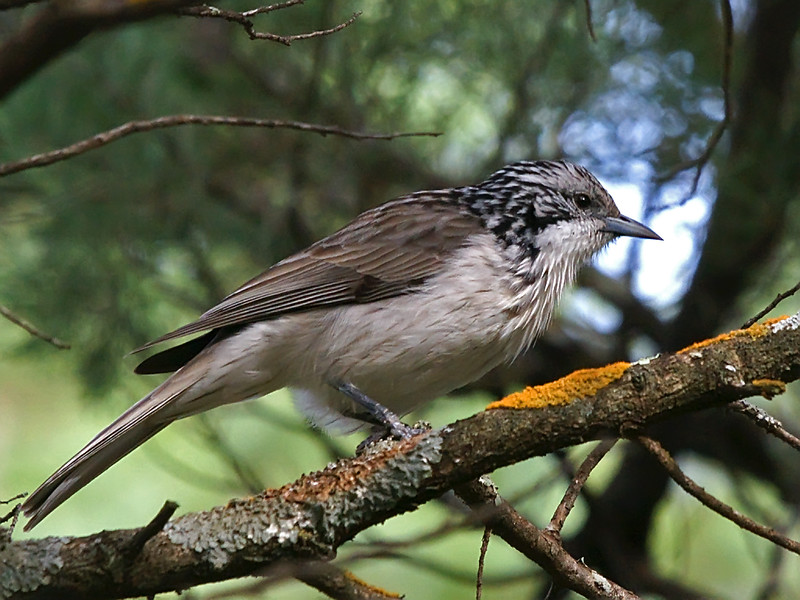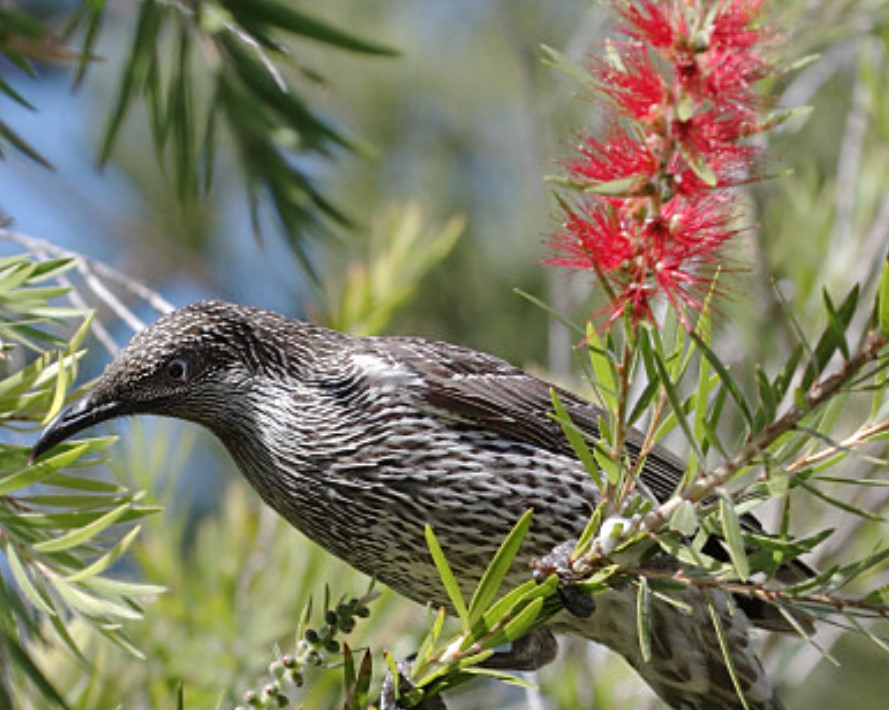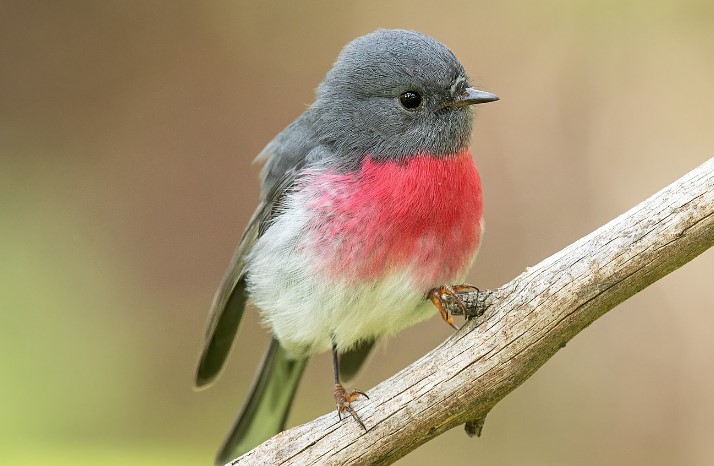Call/Voice/Drumming
The Three-toed Woodpecker call (Picoides tridactylus) is not very vocal. The bird has a short but rather soft contact call, ‘kyeuk’ or ‘kyuk’, usually much weaker and less sharp than the contact call of Great Spotted (but from time to time sharper, more like latter’s ‘kik’). Rapid drumming call is frequently and loudly in spring and slower cadence at the end. Twittering call during the flight is like a kingfisher call.
Series accelerates as in Great Spotted, but is noticeably longer and slower; duration 1.0–1.6 seconds. Most resembles Black Woodpecker but is shorter and less uniform. Sometimes the voice of the Three-toed Woodpecker is kik or chik or sharp pik or nasal klimp.
Related Reading – The Black-rumped Flameback Woodpecker Call
Identification
This fairly small attractive woodpecker is distinctly different from all other pied-type species breeding in our region, having a basic black face with white patterning as opposed to a white face with black patterning. This feature alone makes perplexity unlikely (but Yellow-bellied Sapsucker), and the lack of pinkish-red on the ventral area further eliminates all but Lesser Spotted.
A broad white band down upperparts in typical Three-toed is exclusive in dividing the dark upperparts in two from the mantle downwards (all other typical pied-type woodpeckers have a black mantle), but this feature is obscured in southern alpinus.
Whereas, the white on upper parts in typical form contrasts with largely black wings, which lack bold white markings typical of other pied-type woodpeckers. However, the Golden-yellow on the crown of males and juveniles of either sex is also diagnostic.
The adult male bird has a fore-crown golden-yellow; the adult female has a fore-crown black, streaked with white. The young closely resembles an adult male, but black of plumage duller and browner, white band down the center of upperparts less extensive and sometimes partly dark-barred, and yellow on crown duller and occasionally restricted or absent.
Geographical Variation
The geographical variation is quite marked. There are three races (nominate and alpinus illustrated). Race alpinus (Alps to SE Europe) much darker than nominate race, with a white band down the center of upperparts being heavily barred with black and only reaching as far as back, rump black with white spots, narrower white stripes on the head, and heavier dark barring on underparts and outer tail feathers.
The young bird is even more heavily marked above and below, with white on upper parts restricted to some white spotting. Race crissoleucus (Urals) is a bit paler than nominate race, with a whiter forehead, broader white stripes on the head, more extensive white on upper parts and wings and outer tail feathers, and less obvious dark barring on underparts.
Habitats
The habitats are not uncommon. Coniferous forest (particularly spruce, fir, and larch), favoring boggy patches and burnt, lumbered, or wind throws areas where much-decayed timber. The bird is locally in birch woodland and in the south of the range, only in mountainous terrain.
The bird is a bit shy, quiet, and rather lethargic, mostly spending long periods quietly working away at one tree or even one branch. Generally feeds rather low down, often on fallen trunks or stumps, and moves only short distances if disturbed. While the rings trees with holes to obtain sap.
Size
The size of the Eurasian Three-toed Woodpecker is 20–22 cm in length, with a wingspan of 33–35 cm.
Read More – European Green Woodpecker – Facts, Habitat & More







